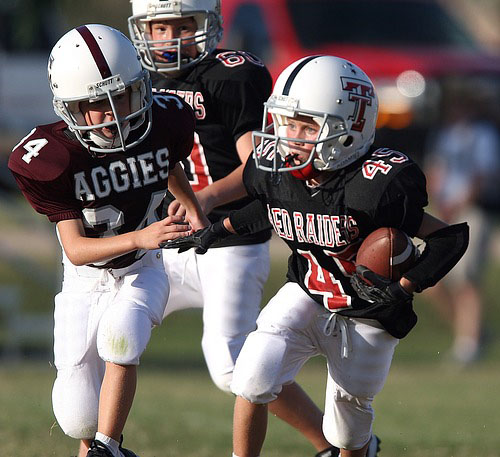 My child has a growth plate fracture in their arm – should I be really worried?
I see patients of all ages, from toddlers to the elderly. A large part of my practice involves treatment of routine injuries in children, adolescents, and teenagers. Fractures of the hand, wrist, forearm and elbow are very common.
Here’s a little bit about how we grow: The growth plates are the centers of growth and the location of lots of injuries. We get longer in our bones because of the growth plates. The growth plate is also the weak spot on the bone. It is largely made up of cartilage which eventually ossifies or turns into bone – like the remainder of the more mature bone. The cartilage isn’t as strong as regular bone.
My child has a growth plate fracture in their arm – should I be really worried?
I see patients of all ages, from toddlers to the elderly. A large part of my practice involves treatment of routine injuries in children, adolescents, and teenagers. Fractures of the hand, wrist, forearm and elbow are very common.
Here’s a little bit about how we grow: The growth plates are the centers of growth and the location of lots of injuries. We get longer in our bones because of the growth plates. The growth plate is also the weak spot on the bone. It is largely made up of cartilage which eventually ossifies or turns into bone – like the remainder of the more mature bone. The cartilage isn’t as strong as regular bone.On an x-ray, you can tell if somebody is still growing based on the presence or absence of growth plates at specific, known locations within the bone. If the growth plate is still very wide-meaning lots of distance from the rest of the bone on either side of the growth plate-then the child is younger. As a child ages, the growth plate narrows, until eventually it is just a thin line between two parts of that bone, and eventually it becomes invisible all together. At this point, the bone is done growing.
We classify fractures involving the growth plates using something called The Salter-Harris classification. There are five subtypes of classifications, increasing in severity of injury and problems to the bone with increasing number. Fortunately, most growth plate fractures are a type 1 or type 2 Salter-Harris fracture – which is the most mild kind. While it is possible to have disruption or problems related to future growth with any type of growth plate fracture, fortunately they are pretty uncommon for type one and two fractures. Also, most kids sustain a type one or type two fracture as well – not the more serious types (3-5).
So – in short, if you or your child sustained a fracture to the growth plate, do not necessarily worry! Get it checked by somebody who is comfortable treating orthopedic injuries in kids of all ages. Most of the time, this is the more mild type involving a type one or two fracture. Most of these do not have any long-term sequela to the injury. Also, bones can tolerate being a little bit angulated, or crooked, particularly in very young kids. Their bodies know to grow the bones straighter overtime. The younger the patient, the more crooked the bone could be; there are certain specific parameters that we measure based on age and the x-ray. The growth plate is weaker than the ligaments, tendons, or remainder of the shaft of the bone, so this is where most injuries occur. Chances are, your child will heal up just fine and be back at it in no time!


